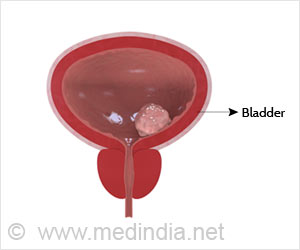A research group has constructed a decision-analytic model and compared cost-effectiveness results of cancer screening in male cancer survivors for second primary colorectal cancer screening
A research group has constructed a decision-analytic model and compared cost-effectiveness results of cancer screening in male cancer survivors in a bid to suggest a feasible economic strategy for second primary colorectal cancer screening of cancer survivors in Korea.
All non-dominant strategies were those using colonoscopy in both cancer survivors and the general population, and more strict and frequent recommendation of colonoscopy, colonoscopy every 5 years and every 3 years, could be considered as economic strategies for male cancer survivors.The recent improvement in cancer survival due to early diagnosis and advances in treatment has raised the issue of second primary cancers in cancer survivors after their primary treatment. The age-standardized incidence rate was about 4 times higher for second primary colorectal cancer (CRC) than for first primary CRC in Korea. However, until now, there have been few recommendations and economic evaluations of CRC screening for cancer survivors.
A research article to be published in the World Journal of Gastroenterology on July 7,2009 addresses this question To suggest a feasible economic strategy of second CRC screening for cancer survivors in Korea, authors constructed a decision-analytic model, and compared the cost-effectiveness results of cancer screening in male cancer survivors.
All non-dominated strategies were those using colonoscopy in both cancer survivors and the general population, and more strict and frequent recommendation of colonoscopy such as COL5 (screening every 5 years) and COL3 (screening every 3 years) could be considered as economic strategies for male cancer survivors.
The major barrier to promoting colonoscopy as a primary CRC screening tool is the lack of manpower to deliver colonoscopy to the public in Korea. In these human-resource limited settings, it is important to identify the most vulnerable population who has the most potential to receive the benefits. In younger cancer survivors aged 40 years old, COL5 might be economically feasible, while COL10 is usually recommended for the Korean general population aged 50 years old. Therefore, at least for cancer survivors, CRC screening should be covered by the Korean national health insurance scheme and screening methods using colonoscopy should be recommended as a primary screening strategy for CRC in this population.
Advertisement
RAS









